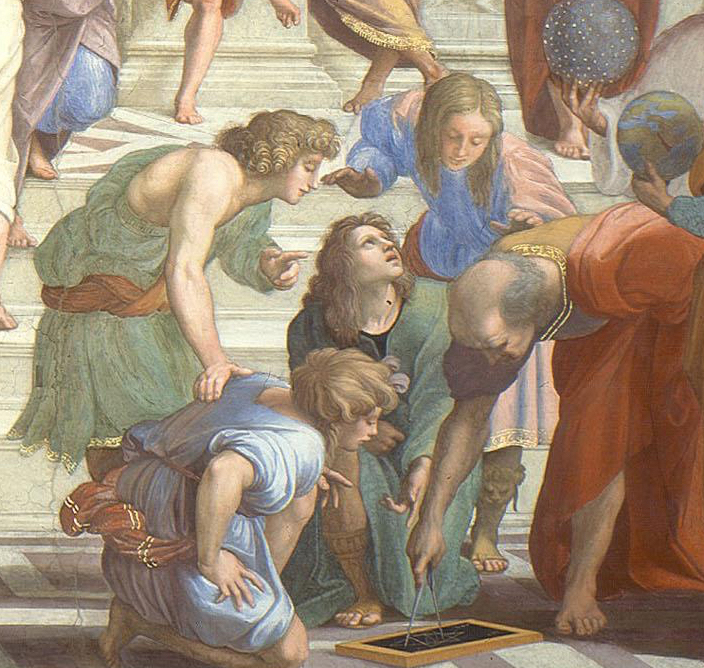SCULPTURE
Narrative sculpture is a three-dimensional representation, intended for a particular setting and executed in order to commemorate people and/or events. Virtually any material can be used for sculpture, and the medium itself lends its own nature to the story.
Two of the works featured here — Bernini’s David and Felix de Weldon’s Iwo Jima — celebrate military triumph. The David, however, depicts a military victory within a sacred context, while Iwo Jima commemorates personal heroism in the course of a protracted military conflict.
Laocoon and The Burghers of Calais show the opposite side of military conflict: suffering and defeat. The first, taken from an incident in the Trojan War, gives the viewer “the prototypical icon of human agony in Western art” in which the suffering “has no redemptive power or reward.” Rodin’s Burghers, on the other hand, presents us with the moment of humiliation and defeat, yet within the context of the larger history which (in some versions), tells of the reprieve from the death sentence pronounced by the victors.
The works by Claudel and Faraut gives us two more divergent uses of sculptural narrative: the one, to portray the intense personal suffering of a failed love affair; the second, to mock the character of those art critics who give in to “the temptations of envy and malevolence” in their judgements “exercised upon the works of art.”
Click the image or text below for a full view and discussion













